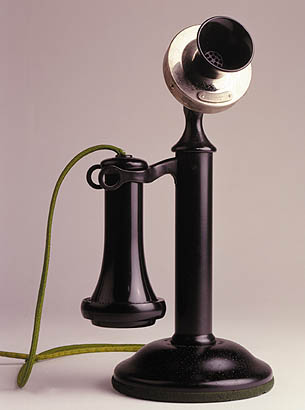When an 18th-century portion of the old Battery wall* was unearthed in 2005, it made headlines around the city. Less talked about, however, was the trove of artifacts uncovered during the excavation, including fragments of building materials and lovely tile and ceramics, some of which date back to the Dutch Colonial era. While only a small portion of the finds are on view at Grand Central, the well-laid out exhibition takes viewers through all the different types of finds that archaeologists discovered at the site, including more recent relics, like a soda bottle and remnants of the original subway station.
* Portions of the wall itself are on view in Castle Clinton in Battery Park.

Read more about Battery Park -- from the Dutch Colonial era to the present --
To get RSS feeds from this blog, point your reader to this link.
Or, to subscribe via email, follow this link.
Also, you can now follow us on Twitter.
Or, to subscribe via email, follow this link.
Also, you can now follow us on Twitter.





